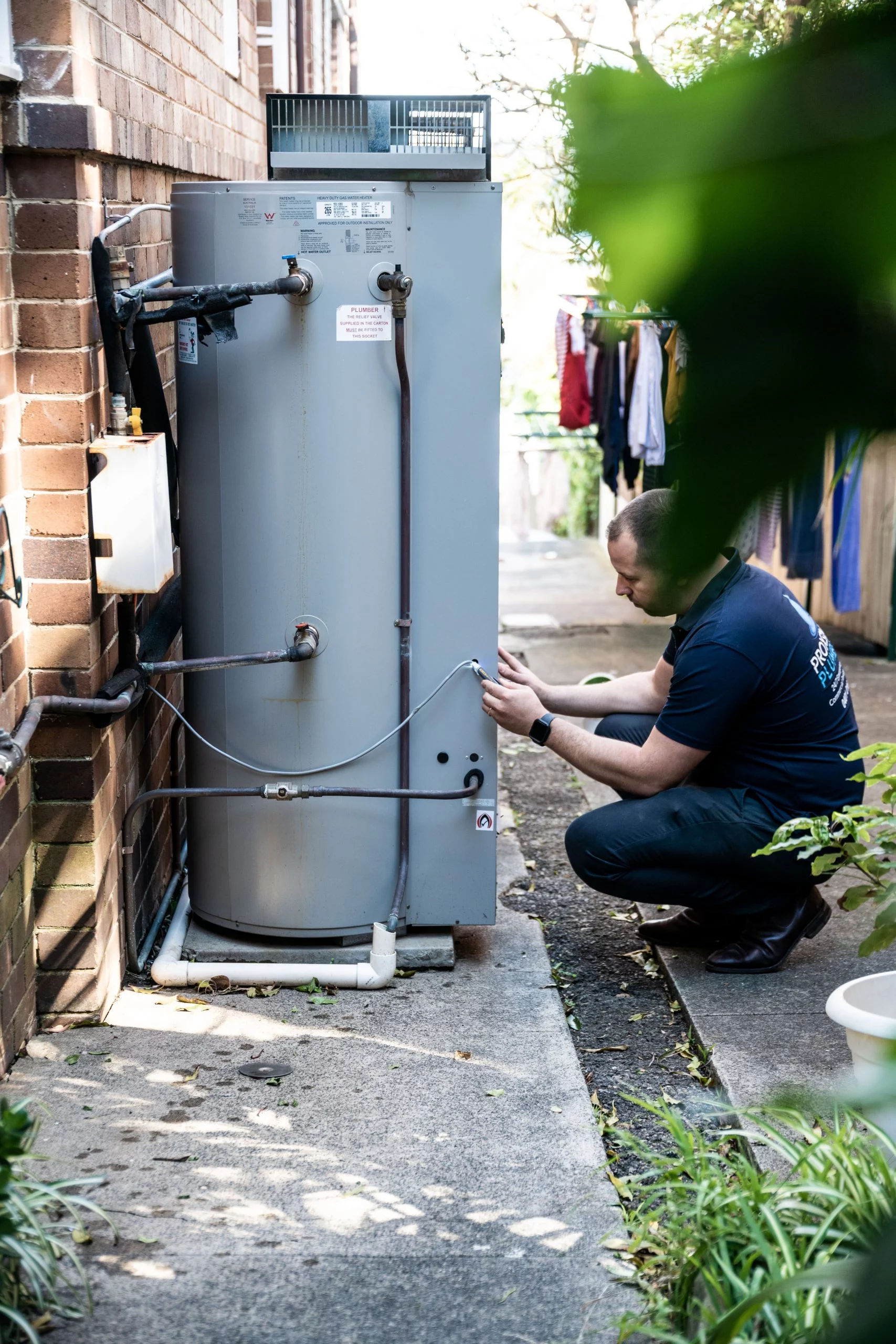Caring for Your Home's Hot Water System: Key Guidelines
Caring for Your Home's Hot Water System: Key Guidelines
Blog Article
This post listed below involving Tips For Maintaining Your Hot Water Heater is immensely intriguing. Read on and make your own assumptions.
Warm water is necessary for everyday comfort, whether it's for a revitalizing shower or washing recipes. To guarantee your hot water system runs successfully and lasts much longer, regular upkeep is crucial. This write-up supplies useful tips and understandings on exactly how to preserve your home's hot water system to prevent disruptions and pricey repair services.
Intro
Preserving your home's hot water system might seem difficult, but with a couple of basic actions, you can guarantee it runs smoothly for several years to come. This overview covers everything from understanding your hot water system to do it yourself upkeep suggestions and recognizing when to call specialist help.
Value of Maintaining Your Hot Water System
Normal maintenance not just extends the life-span of your hot water system yet also guarantees it operates effectively. Neglecting maintenance can lead to reduced performance, higher power bills, and also early failure of the system.
Indications Your Warm Water System Needs Maintenance
Recognizing when your hot water system needs focus can prevent major concerns. Look out for indications such as irregular water temperature level, unusual sounds from the heating unit, or corroded water.
Understanding Your Warm Water System
Prior to diving right into upkeep tasks, it's valuable to recognize the basic elements of your warm water system. Typically, this consists of the hot water heater itself, pipelines, anode poles, and temperature level controls.
Monthly Maintenance Tasks
Routine month-to-month checks can assist capture small issues before they intensify.
Purging the Hot Water Heater
Purging your hot water heater gets rid of debris build-up, improving efficiency and extending its life.
Checking and Changing Anode Rods
Anode rods protect against rust inside the tank. Evaluating and replacing them when worn out is important.
Checking and Adjusting Temperature Setups
Readjusting the temperature settings makes certain optimum efficiency and safety and security.
Do It Yourself Tips for Upkeep
You can perform several maintenance jobs yourself to keep your warm water system in leading condition.
Checking for Leakages
Consistently evaluate pipelines and links for leakages, as these can bring about water damage and greater expenses.
Evaluating Stress Relief Valves
Testing the stress safety valve ensures it works properly and prevents excessive stress buildup.
Shielding Pipelines
Shielding warm water pipelines decreases warmth loss and can save power.
When to Call an Expert
While do it yourself upkeep is advantageous, some problems need expert know-how.
Complex Issues Requiring Professional Assistance
Instances include major leaks, electric problems, or if your water heater is continually underperforming.
Regular Specialist Maintenance Advantages
Professional upkeep can include comprehensive evaluations, tune-ups, and making sure compliance with security standards.
Verdict
Normal maintenance of your home's warm water system is vital for performance, long life, and price financial savings. By adhering to these tips and knowing when to look for professional aid, you can make sure a trustworthy supply of hot water without unanticipated interruptions.
How to Maintain an Instant Hot Water Heater
Before tinkering with your hot water heater, make sure that it’s not powered on. You also have to turn off the main circuit breaker and shut off the main gas line to prevent accidents. Also turn off the water valves connected to your unit to prevent water from flowing into and out of the appliance. 2. When you’re done, you have to detach the purge valves’ caps. These look like the letter “T†and are situated on either side of the water valves. Doing so will release any pressure that has accumulated inside the valves while at the same time avoid hot water from shooting out and burning your skin. 3. When the purge valves’ caps are removed, you have to connect your hosing lines to the valves. Your unit should have come with three hoses but if it didn’t, you can purchase these things from any hardware or home repair shops. You can also get them from retail stores that sell water heating systems. Read the user’s manual and follow it to complete this task properly. When the hosing lines are connected, open the purge port’s valves. 4. You should never use harsh chemical cleaners or solutions when cleaning your unit. Make use of white vinegar instead. It should be undiluted and you’ll probably use about 2 gallons. 5. Now flush your water heater. This task should probably take about 40 minutes. We can’t give you specific directions for this because the procedure is carried out depending on the type, model and brand of your heater. With that being said, refer to the user’s manual. 6. When you’re done draining the unit, you have to turn off the purge port valves again. Remove the hosing lines that you earlier installed on each of the water valves. Put the valve caps (purge port) back in their respective places and be very careful so as not to damage the rubber discs that are found inside these caps. 7. Now that everything’s back in place, check your user’s manual again to find out how to reactivate your water heating system. 8. Once it is working, turn one of your hot water faucets on just to let air pass through the heater’s water supply pipes. Leave the tap on until water flows smoothly out of it. https://www.orrplumbing.com/blog/2014/september/how-to-maintain-an-instant-hot-water-heater/

As an avid person who reads on Water Heater Maintenance Tips You Can't Afford to Forget, I figured sharing that piece was worthwhile. Liked our posting? Please quickly share it. Let other people find it. I value your readership.
Check It Out Report this page